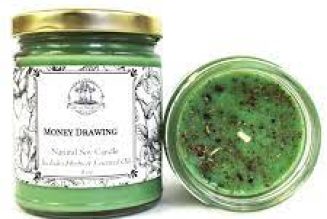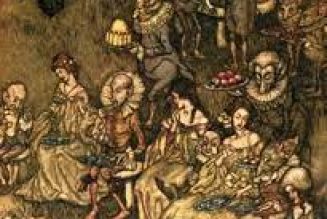Malin Matsdotter was a woman who lived in Sweden during the 17th century. She is known for her involvement in a high-profile court case that attracted attention throughout the country. The case centred around accusations of witchcraft, with Matsdotter being one of several women accused of practicing black magic and consorting with the devil.
Matsdotter’s trial was a significant event in Swedish history, as it highlighted the widespread belief in witchcraft and the harsh punishments that were often meted out to those accused of this crime. The trial also reflected the gender inequalities of the time, with women being particularly vulnerable to accusations of witchcraft due to their perceived association with the devil and their supposed lack of moral fortitude. Despite these challenges, Matsdotter was able to defend herself against the accusations and ultimately avoid conviction. Her story is a fascinating insight into the social and cultural context of 17th century Sweden, as well as the enduring legacy of witchcraft in European history.
Early Life
Childhood
Malin Matsdotter was born in 1626 in the small village of Västerås, Sweden. She was the youngest of four siblings and grew up in a modest household. Her father, Mats, was a blacksmith, and her mother, Anna, was a homemaker. Malin’s childhood was typical of the time, with most of her days spent helping her mother with household chores and playing with her siblings.
Family
Malin’s family was close-knit, and they relied on each other for support. Her father was a hard-working man who took great pride in his work as a blacksmith. Malin’s mother was a kind and gentle woman who taught her children the importance of compassion and empathy. Malin’s older siblings, Erik, Anna, and Lars, were all involved in the family business and helped their father with his work.
Despite the family’s modest means, Malin’s parents made sure that their children received an education. Malin attended school in Västerås, where she learned to read and write. She was a bright student and showed a keen interest in history and literature. Malin’s love of learning would stay with her throughout her life, and she would later become known for her intelligence and wit.
In summary, Malin Matsdotter was born into a loving and hard-working family in Västerås, Sweden. Her childhood was typical of the time, with most of her days spent helping her mother with household chores and playing with her siblings. Despite the family’s modest means, Malin received an education and showed a keen interest in learning.
Marriage and Family
Marriage
Malin Matsdotter married the farmer Per Nilsson in 1672. The couple lived in the village of Kvidinge, in the province of Skåne, Sweden. The marriage was arranged by Malin’s father, who was a wealthy farmer and landowner.
Children
Malin and Per had six children together. Their first child, a son named Nils, was born in 1673. They had two more sons, Lars and Anders, born in 1675 and 1677, respectively. Malin gave birth to a daughter, Kerstin, in 1679. Two more daughters, Ingrid and Anna, were born in 1681 and 1683.
The family lived a simple life, working on their farm and raising their children. Malin was known for her skills in cooking and sewing, and she often made clothes for her family and neighbours. Per was a hardworking farmer, and the family was able to live comfortably.
Malin’s children grew up to have families of their own, and her descendants still live in the Skåne region of Sweden today.







